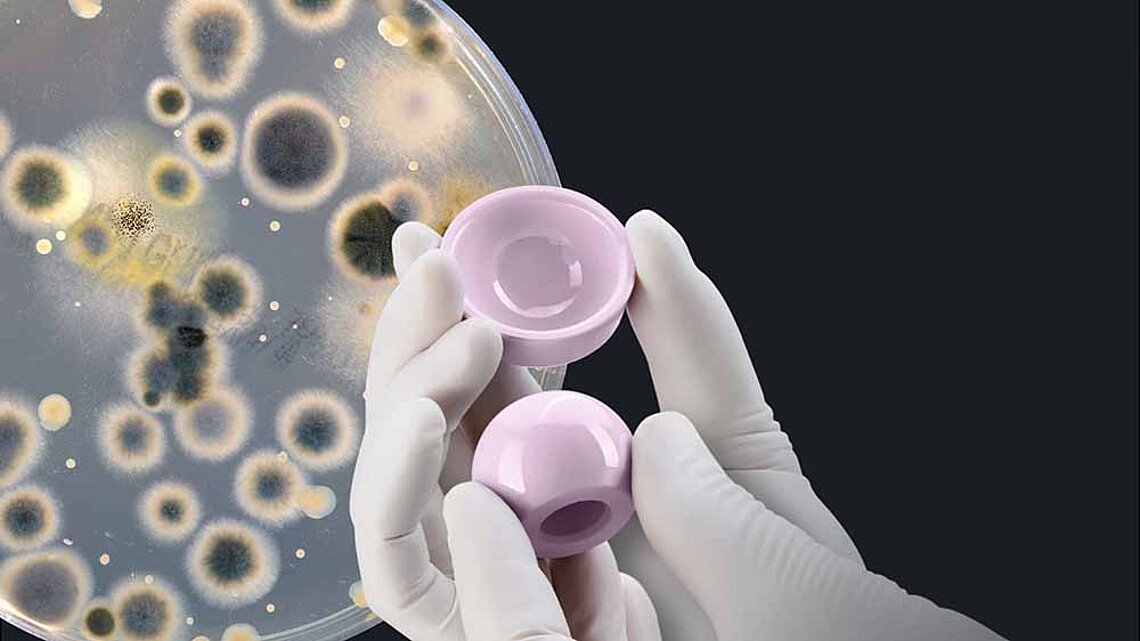Significantly less revisions with ceramics in THA
The use of ceramic bearings is associated with a significant reduction in hip revisions compared to metal-on-polyethylene (MoP) bearings. This is the outcome of a recent observational study (2021) published in The Journal Of Arthroplasty. Holleyman et al. (Newcastle, UK) extracted data from the National Joint Registry in UK (NJR) (time period: 2002 – 2016) from more than 456,000 adult patients who underwent THA. The patients were treated with either a ceramic-on-ceramic (CoC) (128,403 patients), a ceramic-on-polyethylene (CoP) (99,268 patients) or a metal-on-polyethylene (MoP) (228,786 patients) bearing. The authors reviewed the revision rates for three categories of revision - all cause revision, infection and aseptic loosening - adjusted for the different bearing couples, age, gender, American Society of Anaesthesiologists grade (ASA), Body Mass Index (BMI), surgical indication, intraoperative complications, and implant data.
Their main findings were: “the use of a ceramic bearing has a significant protective effect in terms of revision following primary THA in comparison to MoP, more so after 2 years of implantation”. This effect has been shown to be strongest in revision for infection. Ceramic bearings were associated with a significant reduction in revisions for infection compared to MoP bearings: -25.2% with CoC and -22,5% with CoP. For all cause revisions, the reduction was 8.2% for CoC and 19.4% for CoP compared to metal bearings and aseptic loosening was reduced by 18.1 % for CoC and 24.8% for CoP.
According to the authors, this data will help surgeons select a suitable bearing and thus potentially allow significant cost savings for the healthcare system.
Reference: R. Holleyman et al., The Journal of Arthroplasty, June 2021, DOI: https://doi.org/10.1016/j.arth.2021.05.027

